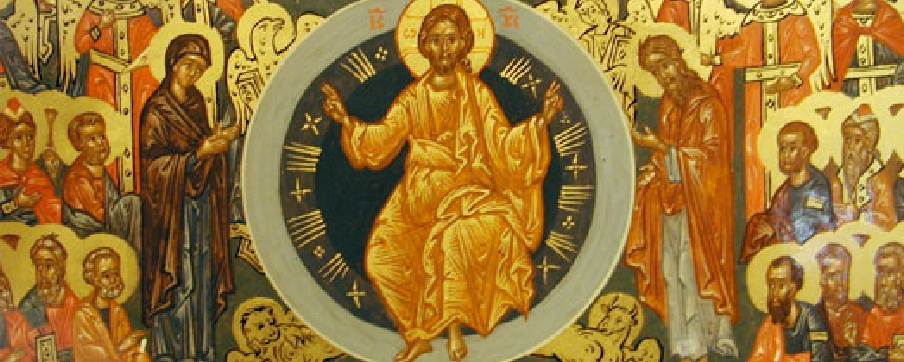2010-



The Malankara Orthodox Syrian Church was founded by St. Thomas, one of the twelve apostles of Jesus Christ, who came to India in A.D. 52. At least from the fourth century the Indian Church entered into a close relationship with the Persian or East Syrian Church. From the Persians, the Indians inherited East Syrian language and liturgies and gradually came to be known as Syrian Christians. In the sixteenth century Roman Catholic missionaries came to Kerala. They tried to unite the Syrian Christians to the Roman Catholic Church and this led to a split in the community. Those who accepted Catholicism are the present Syro-
In the seventeenth century the Church came to a relationship with the Antiochene Church which again caused splits. As a result of this relationship the Church received West Syrian liturgies and practices. The Church entered into a new phase of its history by the establishment of the Catholicate in 1912. At present the Church is using the West Syrian liturgy. The faith of the Church is that which was established by the three Ecumenical Councils of Nicea (A.D. 325), Constantinople (A.D. 381) and Ephesus (A.D. 431).
The Indian Oethodox Church is in the family of and in full communion with all Oriental Orthodox Churches namely, Antiochene, (Coptic) Alexandrian, Armenian, Eritrean and Ethiopian Orthodox Churches. The Church is in good ecumenical relationship with Eastern Orthodox, Roman Catholic and most Protestant Churches.
At present the Church has over 2 million faithful with 24 dioceses all over the world.
More Information: http://www.mosc.in/


The Faith of the Indian (Malankara) Orthodox Syrian Church.
The Malankara Orthodox Syrian Church is an episcopal church.
Our Creed
We believe In One True God, The Father Almighty, Maker of heaven and earth, and of all things visible and invisible; And in One Lord Jesus Christ, the Only begotten Son of God; begotten of the Father before all worlds; Light of Light; Very God of Very God; begotten, not made; being of the same substance with the Father; and by whom all things were made:
We believe that in a mysterious way the bread becomes the body and wine becomes the blood of our Lord. It was after blessing the bread and wine that our Lord said, "This is my body" and "This is my blood". Just as our Lord was perfect God and perfect man, without any change in the godhood and man-
Baptism:
Baptism is the most important of all the Christian Sacraments. But this doesn't reduce the importance of Holy Communion. Baptism is the first step with which one is entering into the church, the body of Christ. Through the turn of centuries Christian churches began to be separated and sub-
Priesthood:
While we believe in the general priesthood of all believers (I Pet. 2:9), we believe in the special priesthood also. This was handed down from the apostles to the bishops and priests, through apostolic succession. We believe that the bishops and priests act as the symbols and representatives of God. Our Lord says that the sins forgiven by the authorized persons, will be forgiven by God. "Receive ye the Holy Spirit. If you forgive the sins of any, they are forgiven, if you retain the sins of any, they are retained" (St.John 20:23).
Additional details:
http://www.mosc.in/index.php?option=com_content&task=view&id=122&Itemid=150